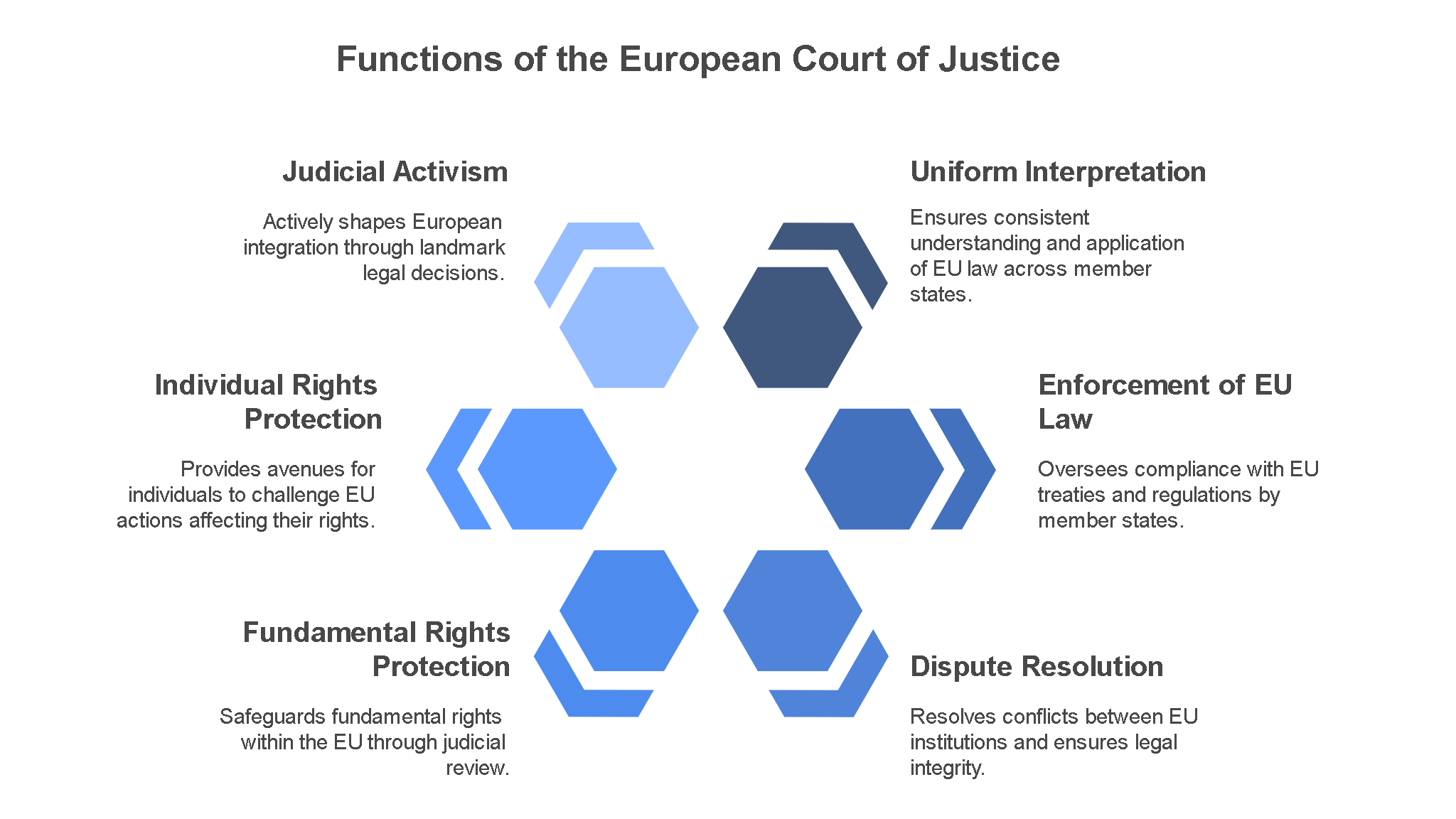Two Regional Issues Influencing Sustainable Development of Nations
Sustainable development, defined by the Brundtland Commission (1987) as “development that meets the needs of the present without compromising the ability of future generations to meet their own needs,” is increasingly influenced by regional challenges. These challenges, while often local in origin, have broad implications for environmental integrity, economic stability, and social equity. Among the most pressing regional issues, two stand out for their profound and ongoing impact: (1) Water Scarcity in South Asia, and (2) Armed Conflicts and Political Instability in the Middle East and North Africa (MENA).
1. Water Scarcity in South Asia
Overview:
Water scarcity is one of the most critical challenges faced by South Asian countries such as India, Pakistan, Bangladesh, Nepal, and Sri Lanka. Despite housing nearly one-fourth of the global population, South Asia has access to only about 4% of the world’s freshwater resources. Rapid population growth, over-extraction of groundwater, poor management of water resources, and climate change have compounded this issue.
Impact on Sustainable Development:
a) Economic Development:
Agriculture is a primary livelihood in this region and is heavily dependent on water. In India alone, around 80% of freshwater is used for irrigation. Water scarcity affects crop productivity, leading to food insecurity, loss of income, and rural poverty. According to the World Bank, inadequate water access could reduce India’s GDP by 6% by 2050 if not addressed.
b) Social Equity:
Unequal access to clean water leads to intra-generational inequity. Urban elites often have better access to piped water, while rural and slum populations rely on contaminated sources. Women and girls bear the brunt of water collection responsibilities, affecting their health and education.
c) Environmental Sustainability:
Overuse of water resources leads to depletion of rivers, lakes, and aquifers, while pollution from industrial and domestic sources degrades water quality. This weakens local ecosystems, reduces biodiversity, and increases waterborne diseases.
d) Regional Conflicts:
Water scarcity has also contributed to transboundary tensions, particularly over rivers like the Indus (India and Pakistan) and the Ganges (India and Bangladesh). Disputes over dam construction, water-sharing treaties, and pollution pose risks to regional peace and cooperation.
Solutions:
- Adoption of water-efficient technologies (e.g., drip irrigation).
- Revival of traditional water harvesting systems.
- Regional cooperation through platforms like SAARC for equitable water-sharing.
- Education and community awareness on water conservation.
2. Armed Conflicts and Political Instability in the Middle East and North Africa (MENA)
Overview:
The MENA region has long been affected by political instability, armed conflicts, and socio-religious tensions, especially in countries like Syria, Iraq, Yemen, Libya, and Palestine. These conflicts have had catastrophic effects on sustainable development, stalling economic growth, destroying infrastructure, and deepening humanitarian crises.
Impact on Sustainable Development:
a) Economic Collapse:
Wars devastate physical infrastructure—roads, markets, schools, and hospitals—making normal economic activity nearly impossible. According to the United Nations Economic and Social Commission for Western Asia (ESCWA), the Syrian civil war caused over $226 billion in economic loss as of 2020. This cripples any hope of sustained economic progress.
b) Human Development:
Conflict zones face disruptions in education, healthcare, and social services. The loss of a “demographic dividend”, with millions of youth unable to contribute productively, has long-term consequences for economic and social recovery.
c) Forced Migration and Refugee Crises:
Instability leads to mass displacement. Over 13 million Syrians have been displaced internally or as refugees, placing pressure on neighboring countries like Lebanon, Jordan, and Turkey. This creates new challenges in urban planning, public health, and employment in host countries.
d) Environmental Degradation:
Armed conflict often results in unchecked deforestation, water contamination, and pollution due to destroyed infrastructure. In Iraq and Syria, oil fields have been set ablaze, causing severe environmental and health hazards.
e) Weak Governance and Corruption:
Post-conflict societies often suffer from weak institutions, poor governance, and corruption, making it difficult to implement sustainable development programs. A lack of law and order discourages foreign investment and innovation.
Solutions:
- Peace-building initiatives with global and regional cooperation (e.g., UN Peace Missions).
- Post-conflict reconstruction with a focus on inclusive development.
- Investments in education and vocational training for youth and displaced populations.
- Strengthening governance to improve public trust and stability.
Conclusion
Regional issues such as water scarcity in South Asia and conflict in MENA are not isolated problems. They demonstrate how environmental, political, and social challenges can obstruct the path to sustainability. These issues reveal that sustainable development cannot succeed without regional cooperation, peace, and good governance. As the United Nations Sustainable Development Goals (SDGs) highlight, goals like clean water and sanitation (Goal 6), peace, justice, and strong institutions (Goal 16), and partnerships for the goals (Goal 17) are interconnected and vital to addressing these regional concerns.



Leave a Reply